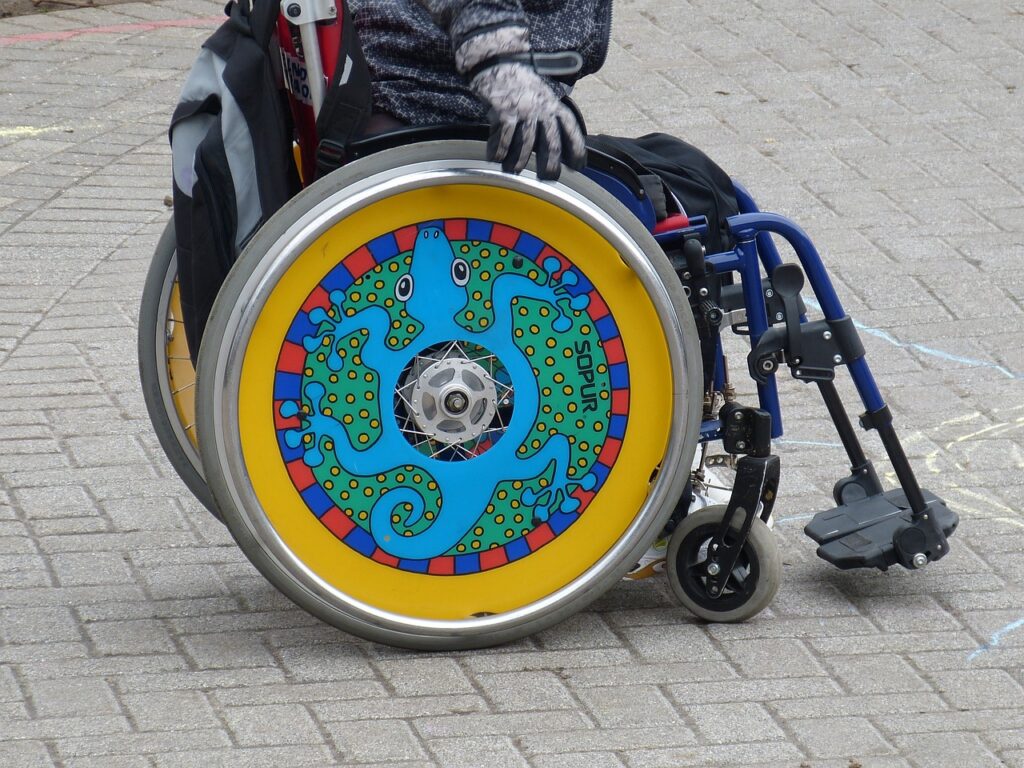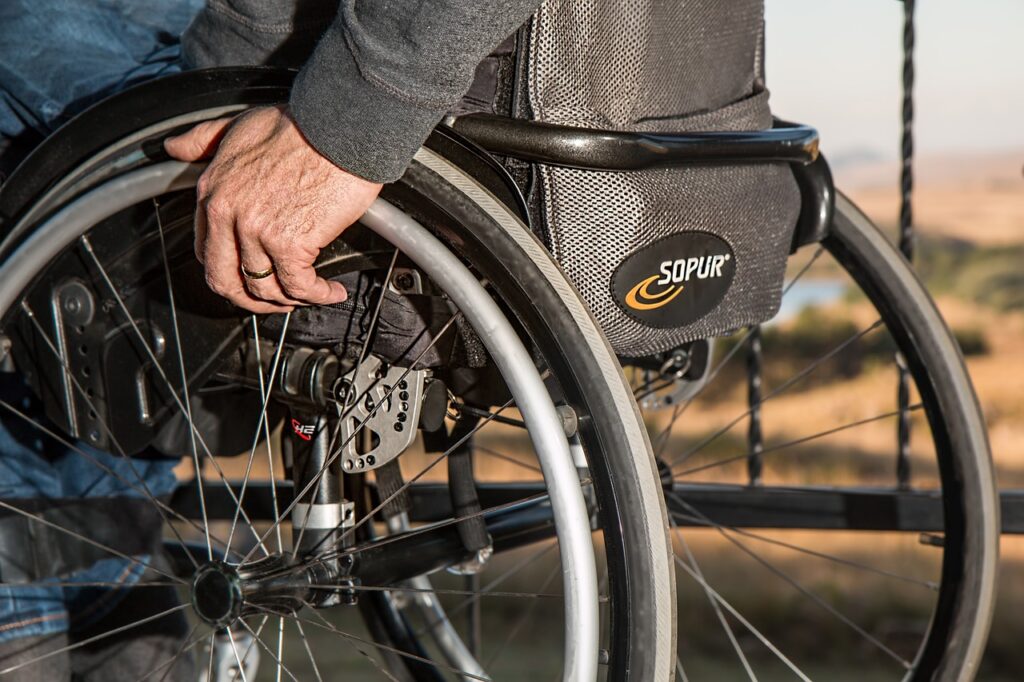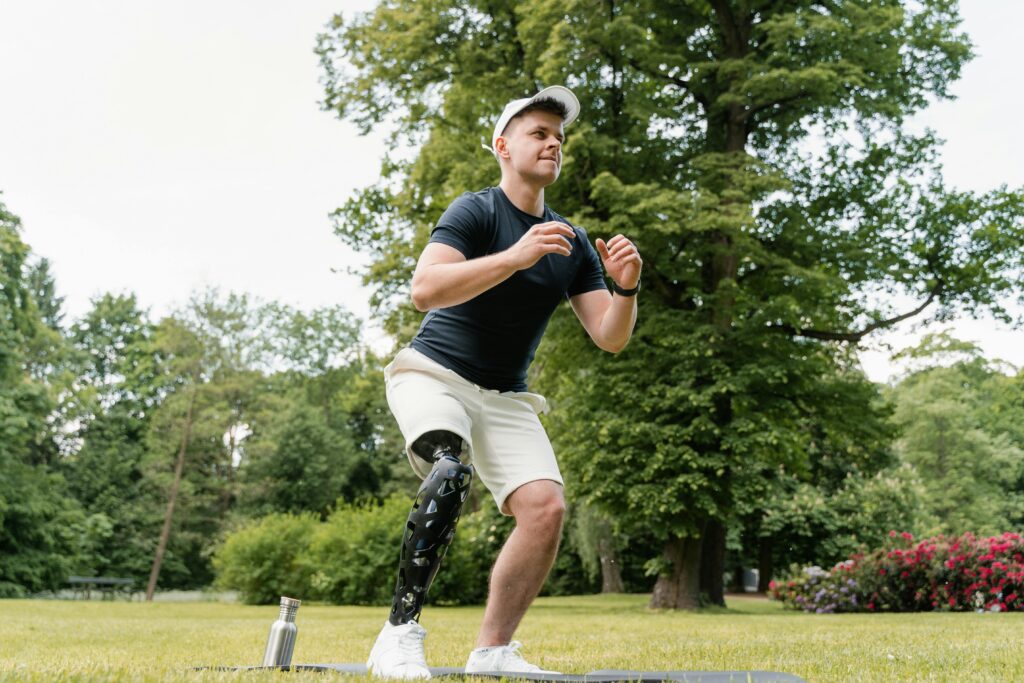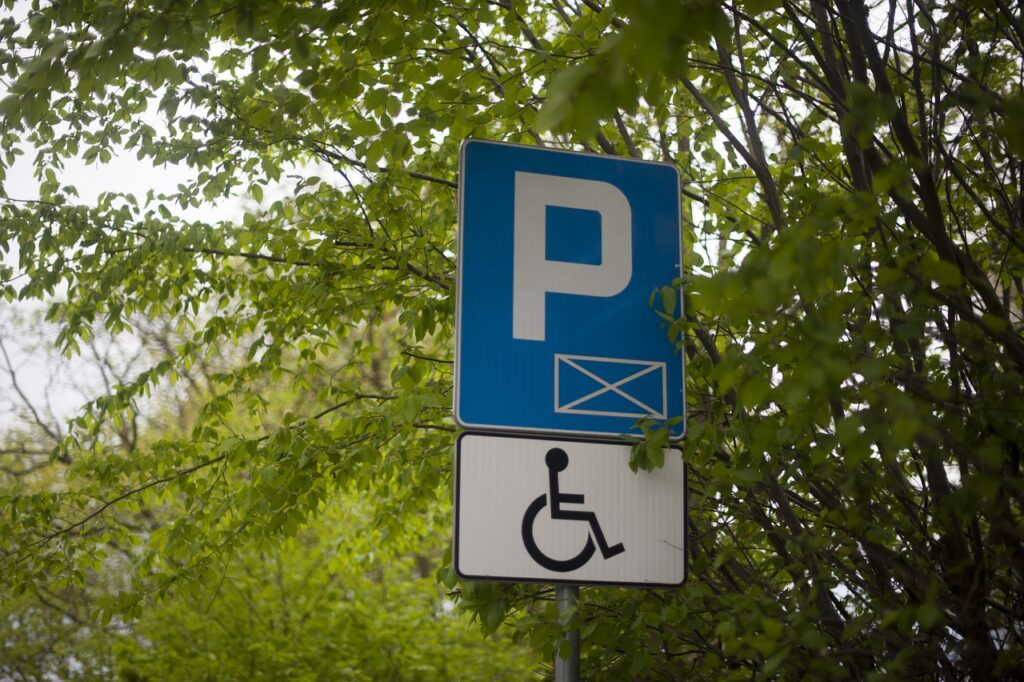When a child has a disability that affects their mobility, having access to designated parking spaces can greatly ease the challenges of daily life. Understanding how to obtain a disabled parking permit for a child involves navigating specific requirements and considerations tailored to their age and needs. In this comprehensive guide, we’ll explore the process of applying for a disabled parking permit for a child, the special considerations involved, and the approaches to ensure a smooth application process.
Applying for a Disabled Parking Permit for a Child:
Applying for a disabled parking permit for a child involves several essential steps tailored to meet their unique needs.
The process typically starts with gathering necessary documentation, such as medical records and a physician’s certification of the child’s disability and need for special parking accommodations. These documents are crucial in demonstrating eligibility for a handicap parking permit.
Caregivers should also be prepared to provide additional information about the child’s mobility limitations and how they impact daily activities. It’s important to approach the application process with sensitivity and awareness of the child’s needs, ensuring that all necessary documentation accurately reflects their circumstances.
By following the application guidelines and providing comprehensive information, caregivers can increase the likelihood of obtaining a disabled parking permit for their child and improving their accessibility and mobility.
Children with Disabilities Parking Permit:
Children with disabilities may qualify for a special parking permit that allows them and their caregivers to access designated handicap parking spaces. This permit is designed to accommodate the unique needs of children who require assistance with mobility due to a disability. Eligibility criteria vary by state, but generally include the child having a qualifying medical condition that significantly impairs their ability to walk.
Handicap Parking Permit for Minors:
Obtaining a handicap parking permit for minors follows a similar process to that of adults but with additional considerations for the child’s age and specific needs.
The permit is typically issued in the name of the child, but a designated caregiver or guardian may be listed as the primary user. This allows for flexibility in accessing handicap parking spaces while ensuring the child’s safety and well-being.
Caregivers may need to provide proof of identity and vehicle registration information. Once the application is submitted and approved, the child will receive a handicap parking permit that can be displayed in the vehicle when using designated accessible parking spaces. This permit can significantly enhance the child’s mobility and overall quality of life.
Disabled Parking Permit for Kids:
For children with disabilities, a disabled parking permit can greatly improve accessibility and convenience during outings and activities. Whether it’s attending medical appointments, visiting public places, or running errands, having access to designated parking spaces can make a significant difference in the child’s quality of life and the ease of their caregivers’ responsibilities.
Special Considerations for Child Handicap Parking Permit:
When applying for a handicap parking permit for a child, there are several special considerations to keep in mind.
Caregivers should be aware of the child’s specific mobility challenges, which may require adjustments to the standard application process. For example, children with cognitive disabilities may struggle with sensory issues or anxiety in crowded parking lots, necessitating additional accommodations such as a quieter, less crowded parking area.
The child’s long-term needs should be considered, and how that may evolve over time. Some states offer temporary permits for children with conditions expected to improve, while others provide long-term permits for chronic disabilities. It’s essential to understand the permit’s duration and renewal process to ensure continued accessibility for the child.
Caregivers should be prepared to advocate for the child’s needs throughout the application process, providing comprehensive medical documentation and communicating effectively with relevant authorities to ensure a smooth and successful outcome.

Process for Obtaining Handicap Parking Permit for Children:
The process for obtaining a handicap parking permit for children varies by state but generally involves submitting an application along with supporting documentation to the appropriate state agency or department. This may include the Department of Motor Vehicles (DMV) or a similar licensing authority.
Once the application is approved, the child and their caregivers will receive the handicap parking permit, which may be in the form of a placard or license plate.
Children’s Disability Parking Permit Application:
The application for a children’s disability parking permit typically requires detailed information about the child’s medical condition, mobility limitations, and the necessity of handicap parking accommodations. This information is used to assess eligibility and determine the duration and extent of the parking permit.
Disability Parking Permit for Minors Requirements:
Each state has specific requirements for obtaining a disability parking permit for minors.
The requirements generally include several key components. Caregivers typically need to provide medical documentation from a qualified healthcare provider confirming the child’s disability and the necessity of special parking accommodations. This documentation often includes a diagnosis, prognosis, and description of how the disability affects the child’s mobility.
In addition to medical documentation, caregivers may need to provide proof of identity for themselves and the child, as well as vehicle registration information if the permit will be used in conjunction with a specific vehicle. Some states also require caregivers to complete a designated application form provided by the Department of Motor Vehicles (DMV) or similar authority.
Handicap Parking Permit for Children Under 18:
Children under 18 with disabilities may be eligible for a handicap parking permit that allows them and their caregivers to access designated handicap parking spaces. This permit is designed to accommodate the unique needs of children with disabilities and ensure their safety and accessibility in public spaces.
Getting a Disabled Parking Placard for a Child:
Obtaining a disabled parking placard for a child involves following the application process outlined by the state’s licensing authority. This typically includes completing an application form, providing necessary documentation, and paying any required fees. Once approved, the child and their caregivers will receive the placard, which can be displayed in the vehicle when using handicap parking spaces.

Special Approach for Child Handicap Parking Permit:
Obtaining a handicap parking permit for a child requires a special approach to ensure that the process accounts for the child’s unique needs and circumstances. Caregivers should approach the application process with sensitivity and awareness of the child’s mobility challenges, advocating for their needs effectively.
A crucial aspect of this special approach is gathering comprehensive medical documentation from qualified healthcare providers, detailing the child’s disability and the necessity of special parking accommodations. Caregivers should also be prepared to provide additional information about the child’s mobility limitations and how they impact daily activities.
Caregivers should also familiarize themselves with the specific requirements and procedures outlined by their state’s Department of Motor Vehicles (DMV) or similar authority for obtaining a handicap parking permit for a minor.
Disability Parking Permit for Children with Special Needs:
Children with special needs may require additional support and accommodations when applying for a disability parking permit. This may include providing detailed information about the child’s condition, functional limitations, and the impact on their mobility. Advocating for the child’s needs and ensuring that their application accurately reflects their circumstances is essential in obtaining the necessary parking accommodations.
Steps to Obtain Disabled Parking Permit for a Minor:
The steps to obtain a disabled parking permit for a minor typically include gathering necessary documentation, completing an application form, and submitting it to the appropriate state agency or department. Once the application is approved, the child and their caregivers will receive the handicap parking permit, which can be used to access designated parking spaces.
Children’s Handicap Parking Permit Eligibility:
Eligibility for a children’s handicap parking permit is based on the child’s medical condition, mobility limitations, and the necessity of special parking accommodations. Healthcare providers play a crucial role in assessing eligibility and providing documentation to support the child’s need for handicap parking privileges.
Considerations for Obtaining Handicap Parking Permit for a Child:
When obtaining a handicap parking permit for a child, it’s essential to consider the child’s specific needs, mobility limitations, and the impact of their disability on daily activities. This may involve consulting with healthcare providers, therapists, or other professionals familiar with the child’s condition to ensure that the application accurately reflects their circumstances.
***
Obtaining a disabled parking permit for a child involves navigating specific requirements and considerations tailored to their age and needs. By understanding the process, special considerations, and approaches involved, caregivers can ensure that children with disabilities have access to the necessary parking accommodations to enhance their mobility and quality of life.
Advocating for the child’s needs and ensuring that their application accurately reflects their circumstances is essential in obtaining the necessary handicap parking privileges.
Need more information on disabled parking in the US? From accessible parking at Disneyland in California to handicap parking at the Statue of Liberty in New York, we offer a useful bank of detailed topics on the Dr Handicap blog. Check it out today!






